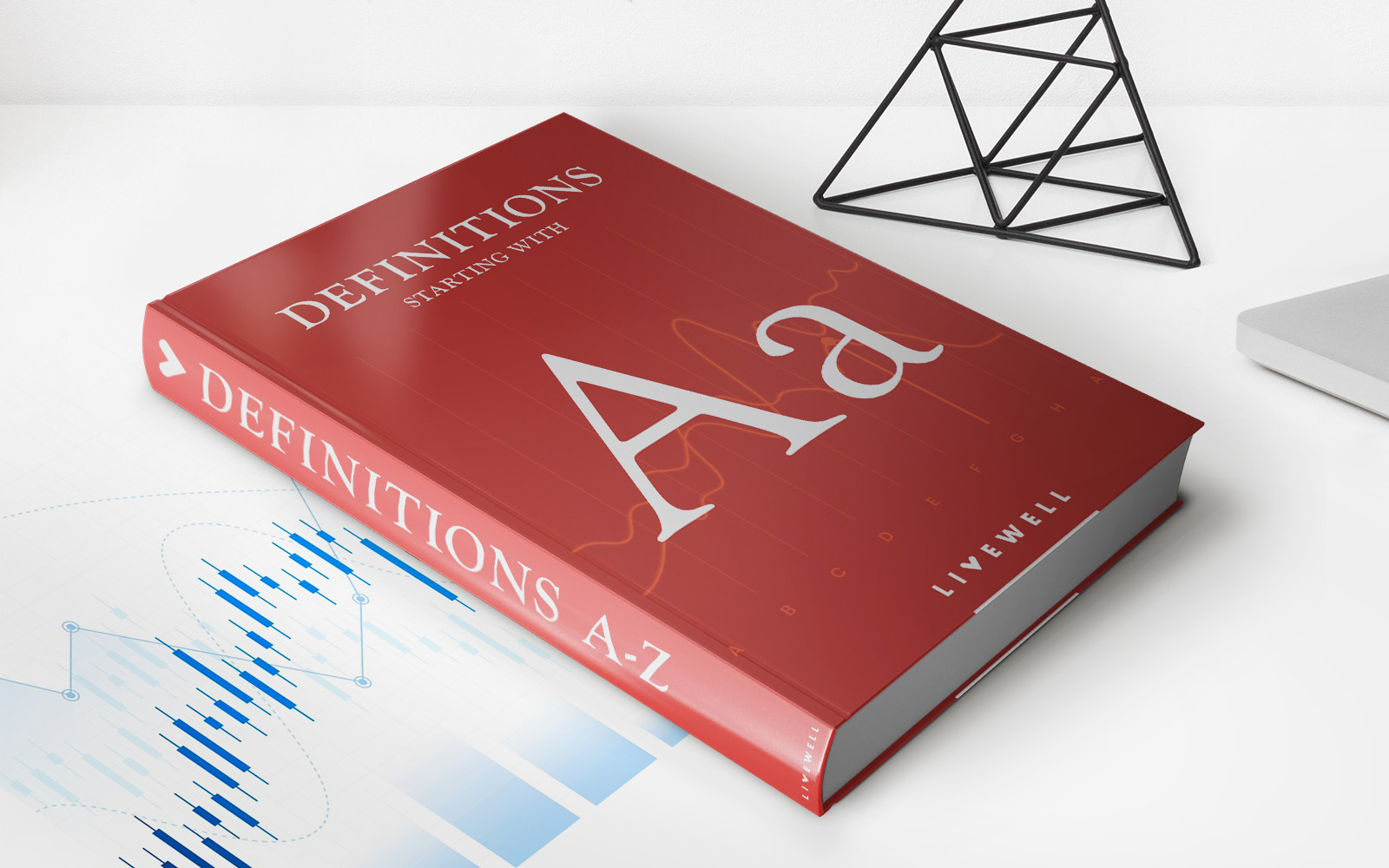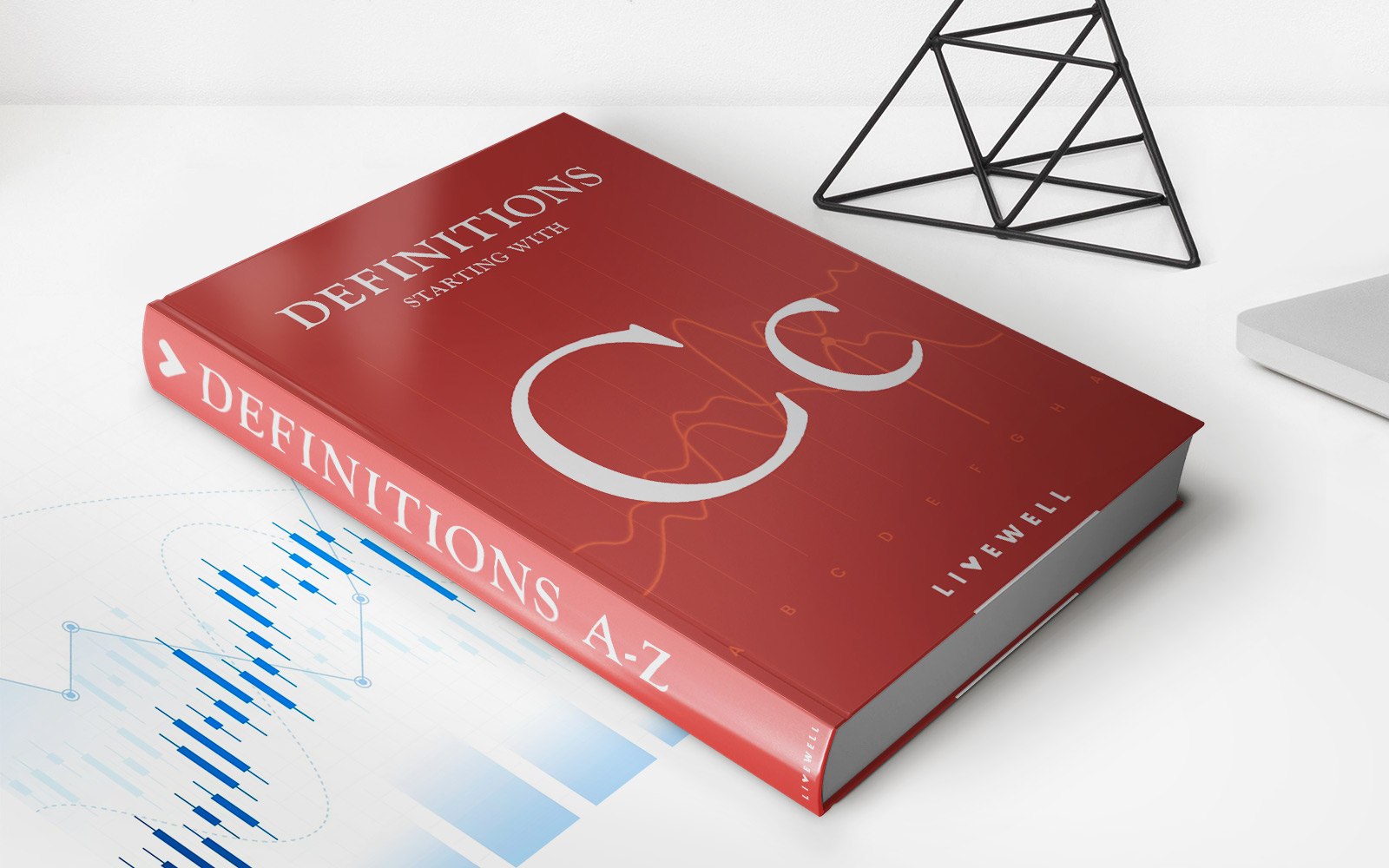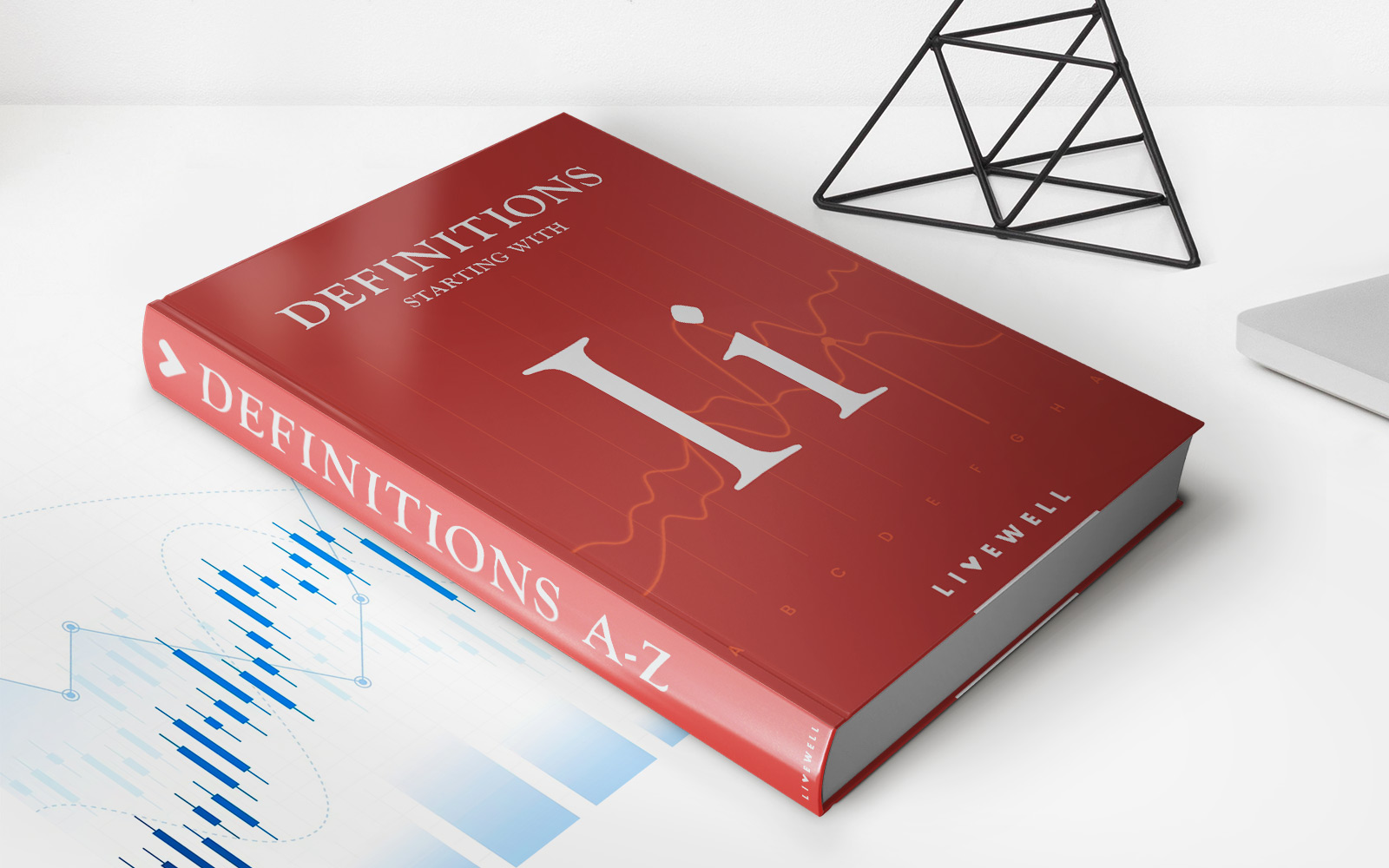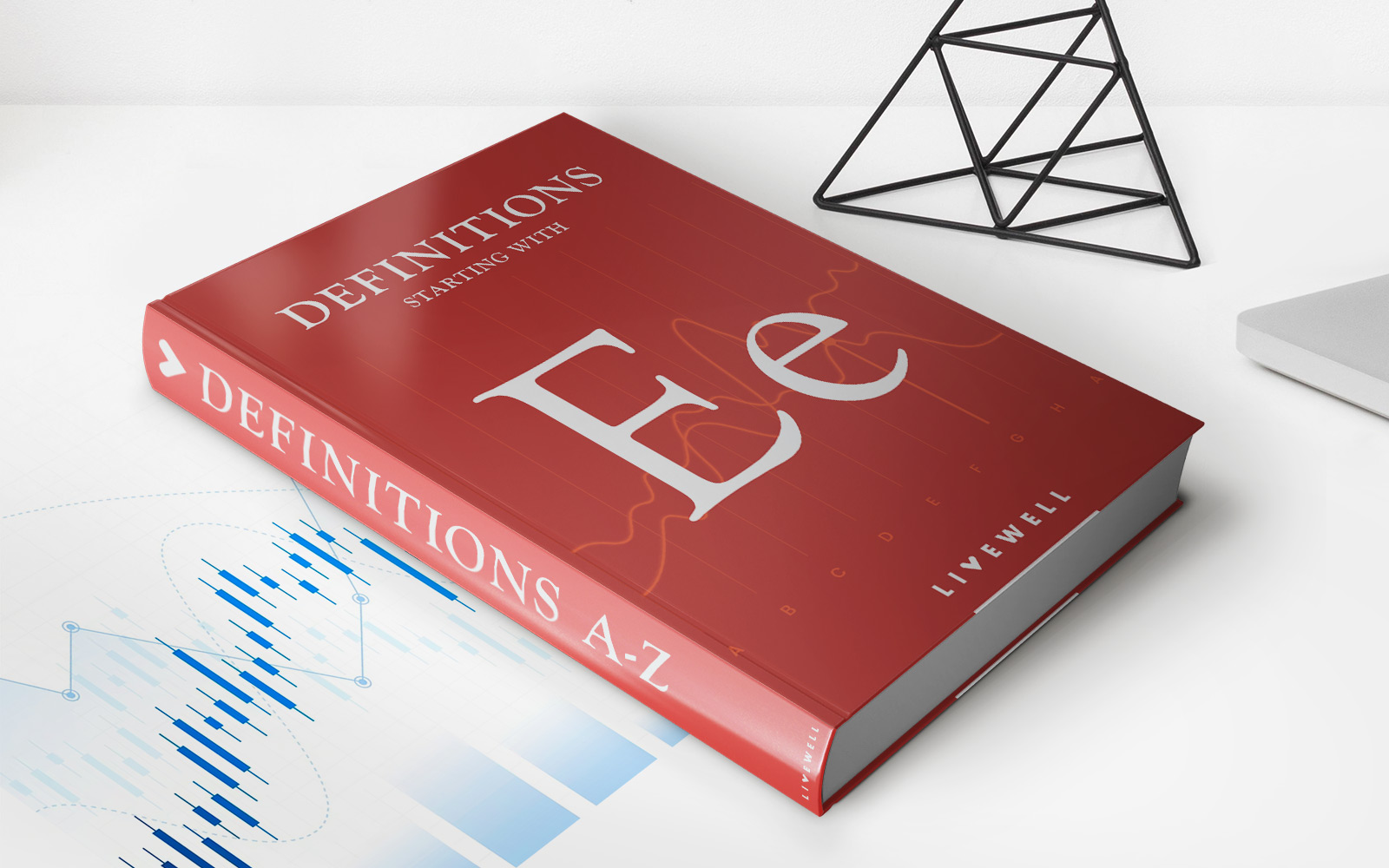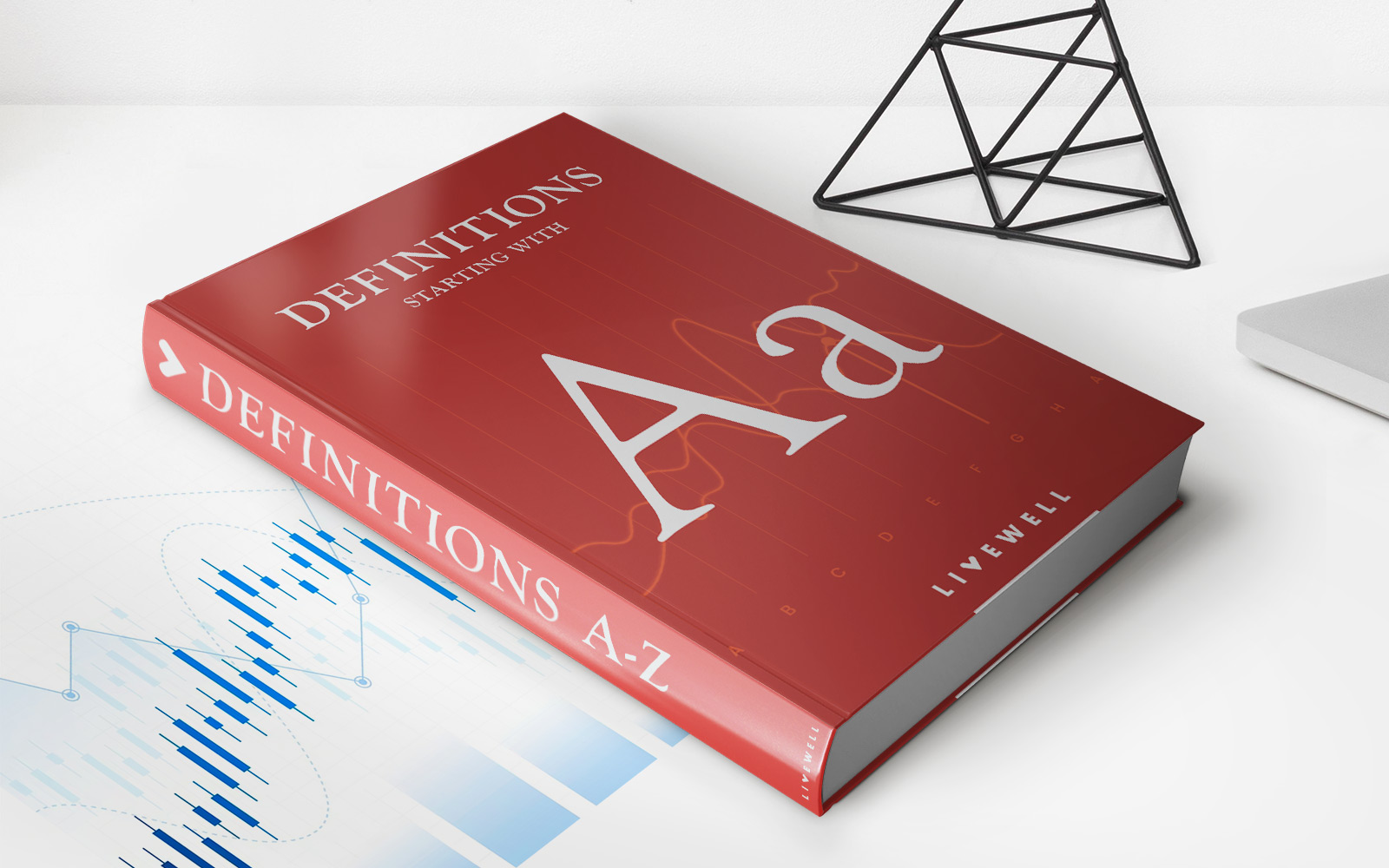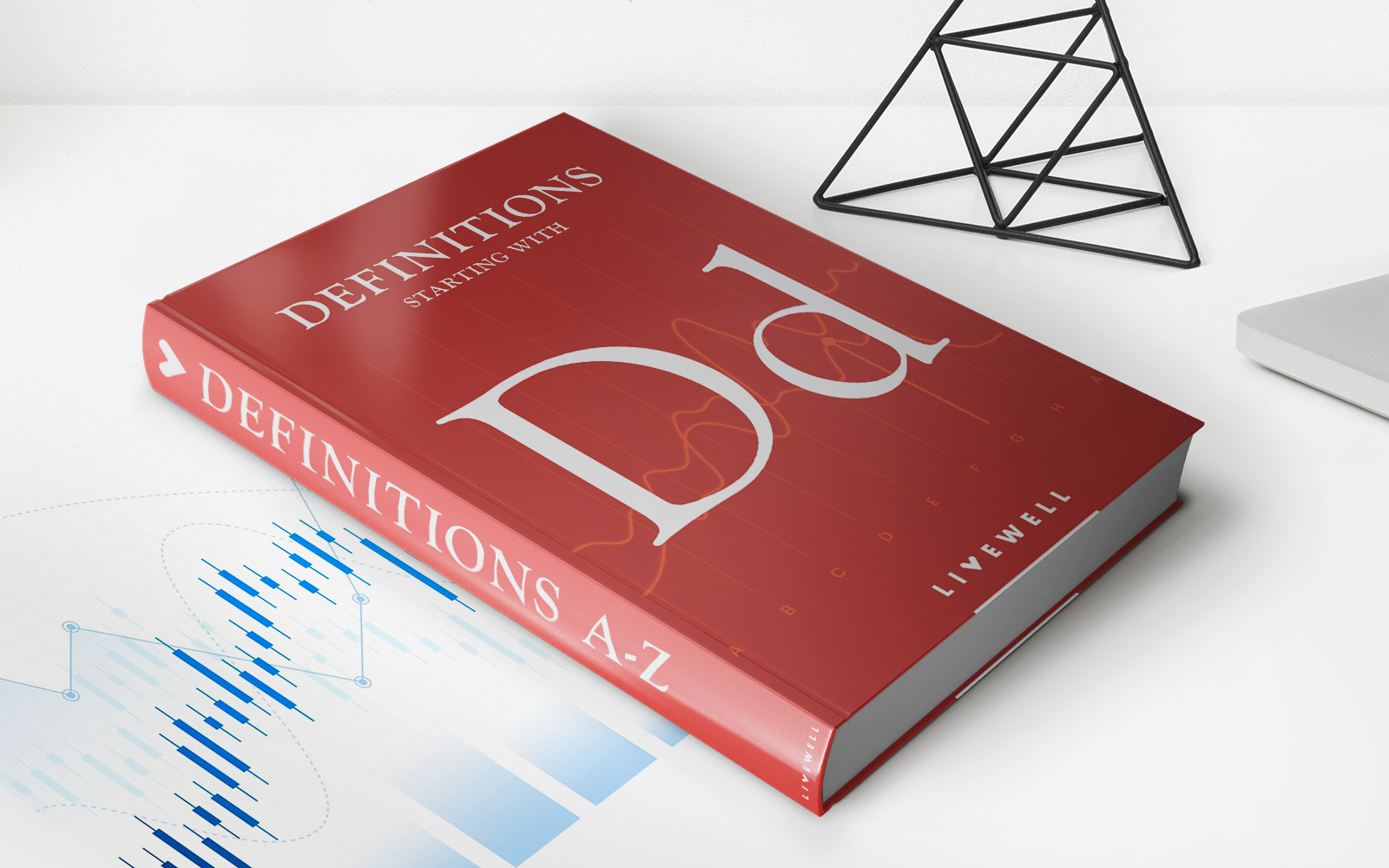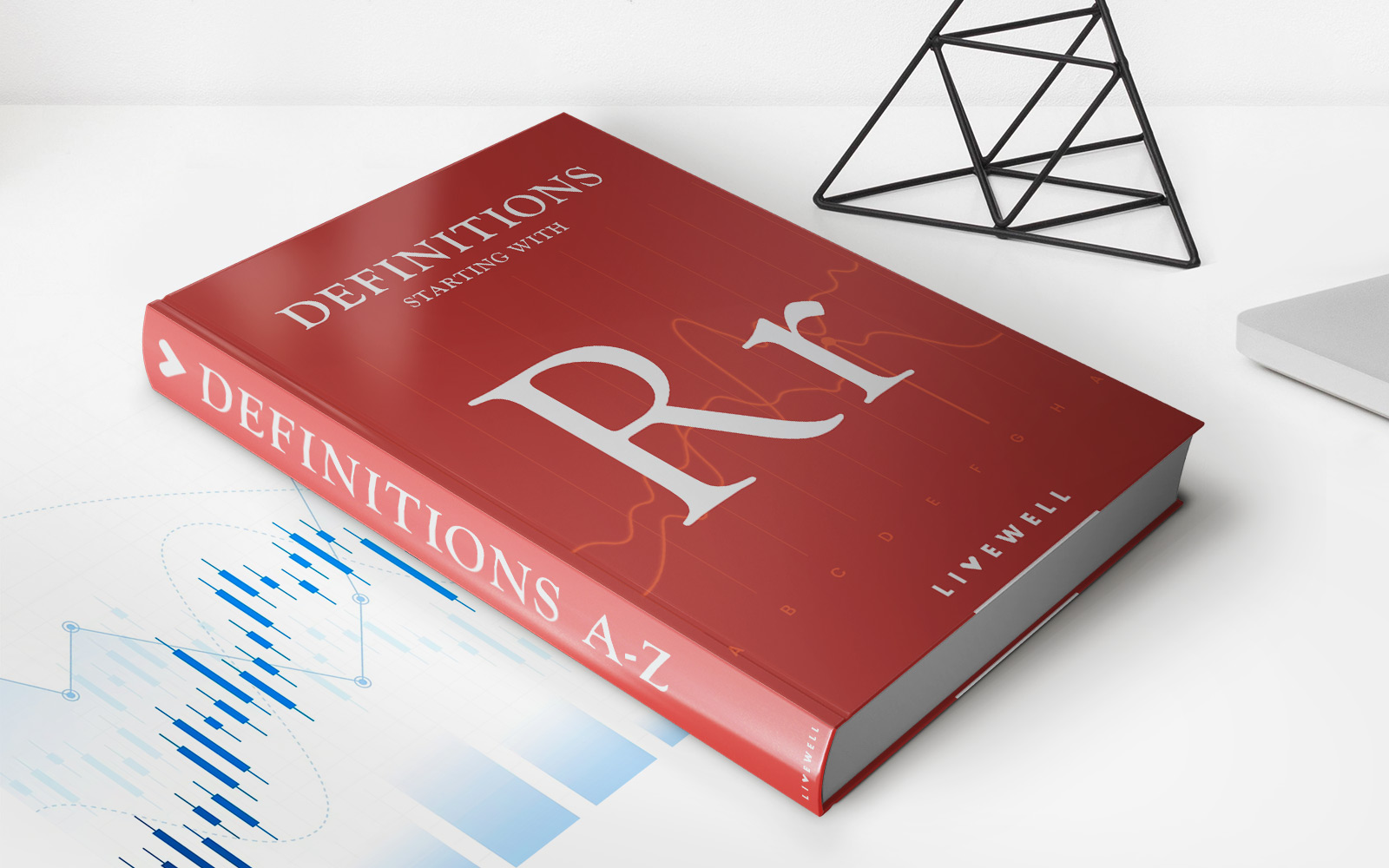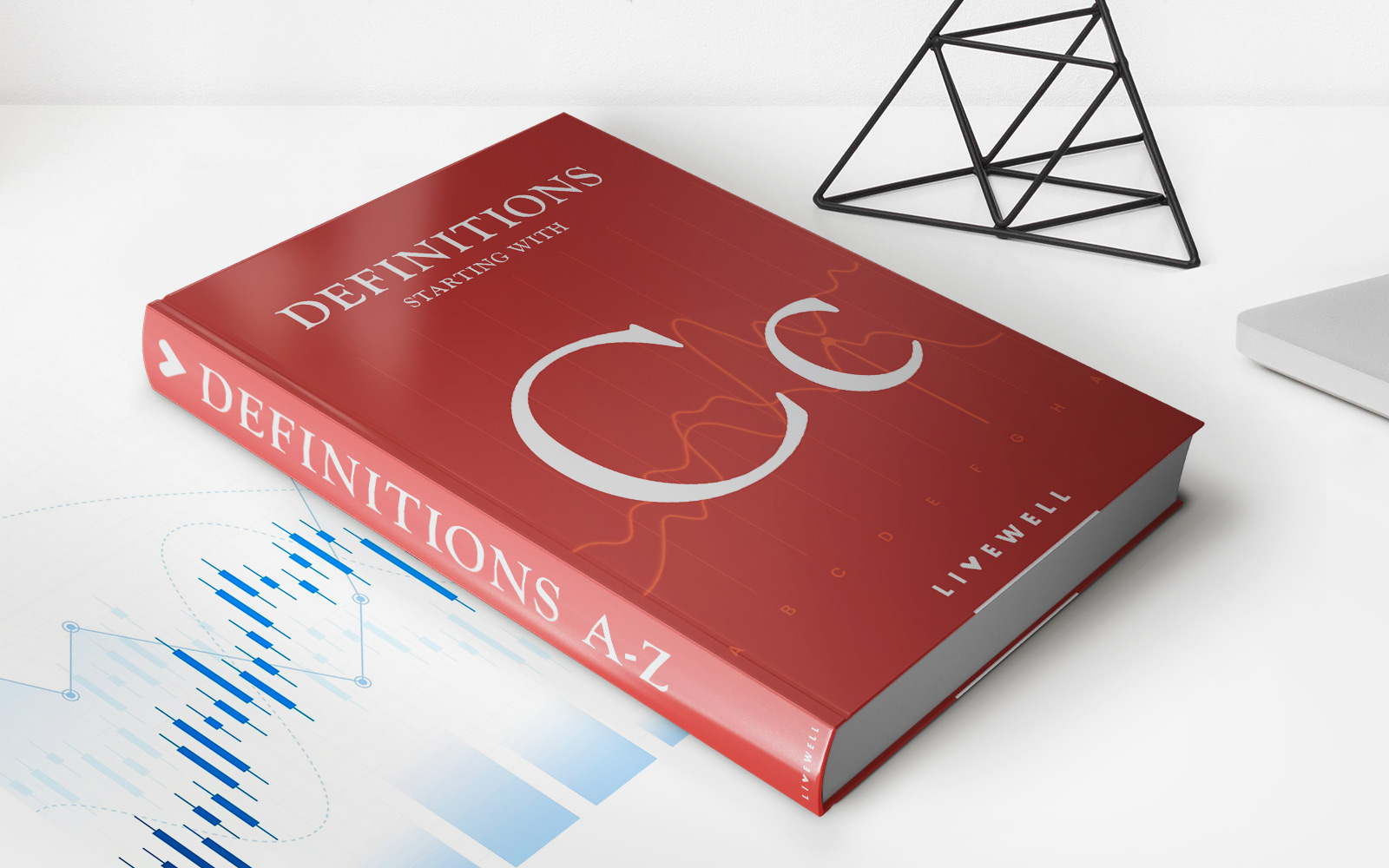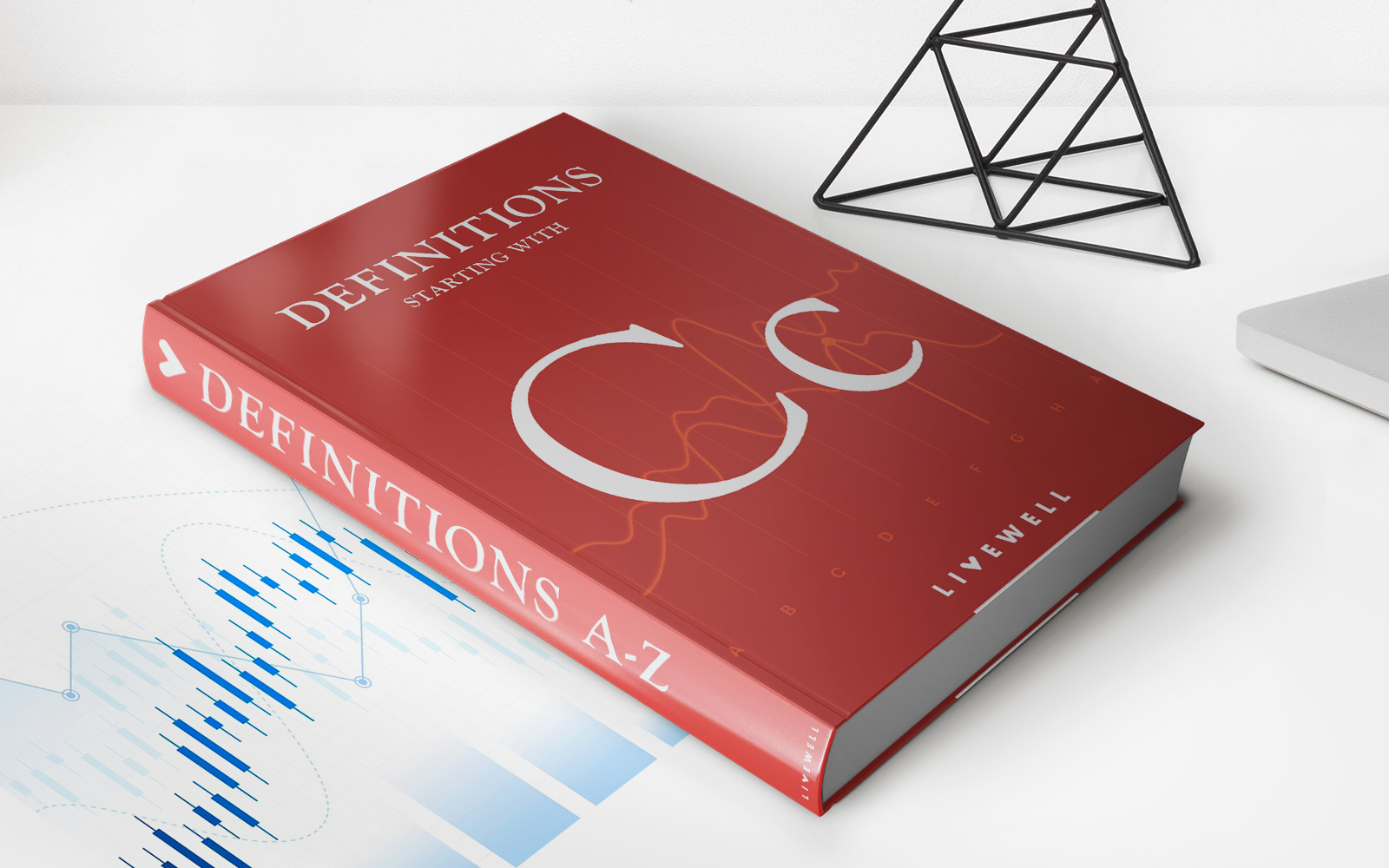Home>Finance>Boom: Definition In Economics And Finance, Length, Examples


Finance
Boom: Definition In Economics And Finance, Length, Examples
Published: October 18, 2023
Learn the meaning of boom in economics and finance, its length, and examples. Explore the significance of boom in the world of finance.
(Many of the links in this article redirect to a specific reviewed product. Your purchase of these products through affiliate links helps to generate commission for LiveWell, at no extra cost. Learn more)
Understanding the Boom Phenomenon in Economics and Finance
Have you ever heard of the term “boom” in the context of economics and finance? In this article, we will delve into the definition of a boom, its length, and provide some examples to help you better understand this fascinating phenomenon. So, let’s dive right in!
Key Takeaways:
- A boom refers to a period of rapid economic and financial growth, characterized by increased production, high consumer spending, and rising asset prices.
- Booms can vary in length, ranging from a few years to several decades, depending on various factors such as government policies, technological advancements, and global economic conditions.
Definition of a Boom in Economics and Finance
In economics and finance, a boom is defined as a period of rapid expansion in economic activity within a specific sector, industry, or an entire economy. During a boom, there is a significant increase in the production of goods and services, high consumer confidence, rising employment rates, and increased investment. This can lead to a surge in prices, increased spending, and overall economic growth.
Booms are often fueled by factors such as technological advancements, government policies, low interest rates, favorable market conditions, and increased consumer demand. These factors combined create an environment that encourages businesses and individuals to invest and spend, leading to a positive cycle of economic growth and prosperity.
Length of a Boom
The length of a boom can vary significantly, depending on numerous factors. Some booms can be short-lived, lasting only a few years, while others can extend for several decades. The duration of a boom is influenced by factors such as the underlying strength of the economy, the sustainability of the growth drivers, and the impact of any external shocks or recessions.
For example, the Dot-com Boom of the late 1990s and early 2000s was relatively short-lived, lasting for about five years. This boom was driven by the rapid growth of internet-based companies, which led to inflated stock prices and excessive speculation. However, when the bubble burst in the early 2000s, it resulted in a significant market crash and a subsequent recession.
In contrast, the post-World War II economic boom, often referred to as the “Golden Age of Capitalism,” lasted for several decades, from the late 1940s to the 1970s. This boom was driven by rebuilding efforts after the war, government policies, increased consumer spending, and improvements in technology and productivity.
Examples of Booms
- The Housing Boom: In the early to mid-2000s, the United States experienced a housing boom fueled by low interest rates, easy access to mortgage loans, and excessive speculation. This led to a rapid increase in housing prices, high levels of construction activity, and a surge in mortgage-backed securities. However, when the housing bubble burst in 2007, it triggered the global financial crisis and a subsequent recession.
- The Cryptocurrency Boom: In recent years, cryptocurrencies like Bitcoin have experienced a significant boom. This boom was driven by factors such as increased investor interest, growing acceptance of cryptocurrencies as a form of payment, and the belief in its potential as a disruptive technology. However, cryptocurrency markets are highly volatile, and booms in this sector can be accompanied by sharp price corrections and market instability.
These examples illustrate the dynamics of booms in different sectors and highlight the potential risks and rewards associated with such periods of rapid growth and speculation.
In Conclusion
A boom in economics and finance refers to a period of rapid economic expansion, characterized by increased production, high consumer spending, and rising asset prices. The length of a boom can vary depending on various factors, and examples such as the housing boom and the cryptocurrency boom highlight the potential risks and rewards associated with these periods of growth. Understanding booms is essential for investors, policymakers, and individuals seeking to navigate the ever-changing landscape of the economy and financial markets.
